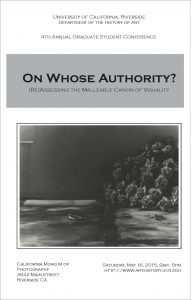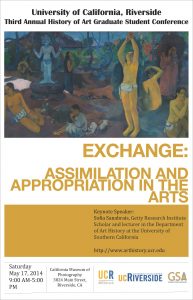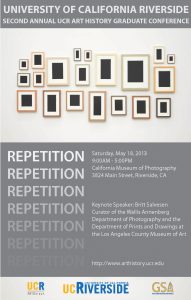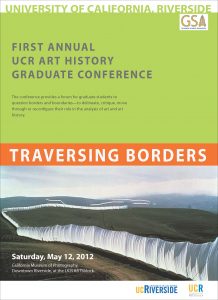Call For Papers: Documenting Fiction
14th Annual Art History Graduate Student Association Conference, University of California, Riverside | May 17, 2025
CFP Deadline: EXTENDED: April 25, 2025
Held at UCR ARTS: The California Museum of Photography and The Culver Center for the Arts
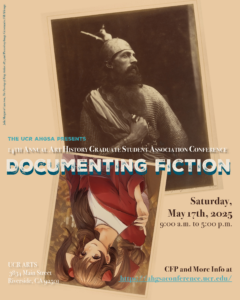 The University of California, Riverside’s Art History Graduate Student Association is pleased to announce its 14th Annual Conference, Documenting Fiction. Our keynote speaker will be the artist and scholar Micol Hebron whose work has long looked at the ways in which art has offered people a way into fictious realities. Often this has involved long term research projects that investigate our perceptions of gender. Recent projects have engaged with how technologies engage with these subjects from the rise of social media to gender bias in AI.
The University of California, Riverside’s Art History Graduate Student Association is pleased to announce its 14th Annual Conference, Documenting Fiction. Our keynote speaker will be the artist and scholar Micol Hebron whose work has long looked at the ways in which art has offered people a way into fictious realities. Often this has involved long term research projects that investigate our perceptions of gender. Recent projects have engaged with how technologies engage with these subjects from the rise of social media to gender bias in AI.
Humanity’s history is rooted in the telling of stories, both factual and mythological. For as long as people have told stories, artists and craftsmen have brought them to life in a variety of forms and mediums. Documenting Fiction asks us to challenge what we hold to be true and the role artists have had in forming these realities.
It has been pointed out by art and literature historians alike that the most important insights about a culture can be found in the fictitious settings that come to occupy its imagination Historically this has made itself present in the dragons shown on Chinese pottery as early as 2,500 B.C. and in Roman mosaic depictions of mermaids and sirens. Before this, pictographs from cultures spanning the globe depicted beasts and forms which we cannot place in our normative understanding of the world. As humanity’s penchant for storytelling continued it brought about new forms of visualizing these fictitious worlds. The Renaissance saw painters make permanent representations of plays’ fleeting scenes, alongside views in paint, stone, or bronze of Greek and Roman Gods who had long lost their worshippers. Artists took their abilities to the printed page with the rise of illustration as the novel form came into popularity. This is the case even to this day in genres across the globe. Their involvement in world creation is so steadfast that we have seen the rise of the graphic novel, manga, and comics whose visuals are as likely to draw in a viewer/reader and push the story along as the text.
This has mirrored many artists’ engagement with created worlds within what is thought of as the fine arts. Today photographers create and play with ideas around staged realities, at once a fact captured by the camera and a fiction of the artist’s creation– One can simply put on a mask or outfit and “document” themselves as someone else or employ an entire production crew to realize this fictitious world.
Today, photographers create staged realities where fact and artistic fabrication blur, emphasizing how visual art constructs fictional worlds. The rise of artificial intelligence (AI) introduces further challenges to creativity and authorship, blurring the boundaries between human and machine-driven artistic expression. The modern age also sees the rise of artificial intelligence
(AI) sparking a new chapter in the relationship between reality and art, alongside every present questions of technology and art. This new and ever-morphing chapter is one that challenges traditional notions of creativity, authorship, and the role of the artist, bringing questions of fiction, automation, and human ingenuity to the forefront.
Now, we find ourselves no longer in the shadows of ancient caves but exposed under Apollo’s relentless sun. However, as all myths are deconstructed and the vast open land bathed in sunlight takes over, the freer the space, the more it feels void and lonely. Without the confines of echoing rock walls, can we still hear our voices resonate? In this vast openness shaped by technological dominance, are we facing a creative void—or the birth of a new reality? We invite papers that respond to these pressing questions, seeking thoughtful reflections on fiction, authorship, and the evolving landscapes of art and technology.
Possible topics include, but are not limited to:
· Visualizations of mythical beasts
· Depictions of faith or other traditionally visualizable belief
· The use of former systems of belief for contemporary cultural practices (a la the renaissance use of Greco-Roman Gods in visual identity building)
· Theatricality in Art Making. The canvas as a stage
· Cartography of little or misunderstood landmasses. (at the time of their mapping)
· Illustration’s role in the rise of genre literature
· The history of book cover illustration
· Topics relating to Comics/Manga/Graphic Novels and the introduction of art to the masses through forms of literature
· The film or continuity still as documentation of a true place within a fictionalized world
· AI and the creation of new realities
· The relationship of “Truth” and “Creation” in any of contexts touched upon
Please submit your abstract and CV to ahgsa.ucr@gmail.com by April 4, 2025 at 11:59 pm PT. We invite abstracts of no more than 300 words for in-person or virtual (in-person preferred) 10-12-minute paper presentations. Proposals from graduate students and independent scholars across the humanities will be considered, including Art, Art History, Anthropology, Literature, Dance Studies, Ethnic Studies, Global Studies, History, Media and Cultural Studies, Music, Religious Studies, and Philosophy. Contact us at ahgsa.ucr@gmail.com with any questions. Selected speakers will be notified by the end of Mid-April, 2025.
The conference will be held in person on Saturday, May 17, 2025, at UCR ARTS in downtown Riverside [3834 Main Street, Riverside, CA 92501]. The conference is free and open to the public. Please visit our website for more information: ahgsaconference.ucr.edu/
PAST CONFERENCES

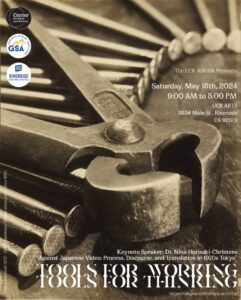 The University of California, Riverside’s Art History Graduate Student Association is pleased to announce its 13th Annual Conference, Tools for Working/Tools for Thinking. We are honored to host Dr. Nina Horisaki-Christens, who is currently a Postdoctoral Fellow at the Getty Research Institute, as this year’s keynote speaker.
The University of California, Riverside’s Art History Graduate Student Association is pleased to announce its 13th Annual Conference, Tools for Working/Tools for Thinking. We are honored to host Dr. Nina Horisaki-Christens, who is currently a Postdoctoral Fellow at the Getty Research Institute, as this year’s keynote speaker.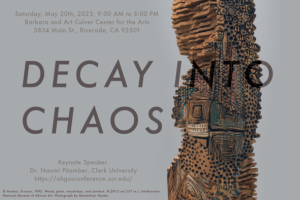
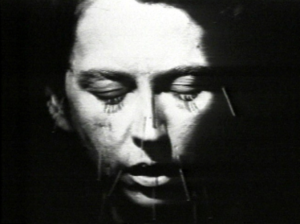
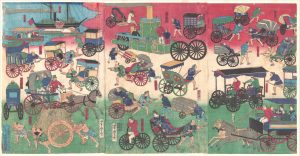
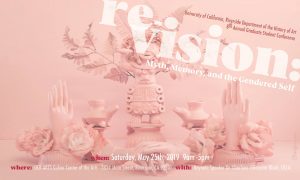 Topic: Re-vision: Myth, Memory, and the Gendered-Self
Topic: Re-vision: Myth, Memory, and the Gendered-Self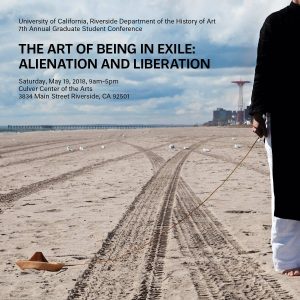 Topic: The Art of Being in Exile: Alienation & Liberation
Topic: The Art of Being in Exile: Alienation & Liberation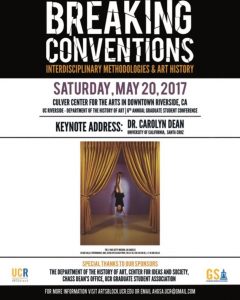 Topic: Breaking Conventions: Interdisciplinary Methodologies and Art History
Topic: Breaking Conventions: Interdisciplinary Methodologies and Art History Topic: Material Experience: Thinking With Objects
Topic: Material Experience: Thinking With Objects